To provide the best experiences, we use technologies like cookies to store and/or access device information. Consenting to these technologies will allow us to process data such as browsing behavior or unique IDs on this site. Not consenting or withdrawing consent, may adversely affect certain features and functions.
The technical storage or access is strictly necessary for the legitimate purpose of enabling the use of a specific service explicitly requested by the subscriber or user, or for the sole purpose of carrying out the transmission of a communication over an electronic communications network.
The technical storage or access is necessary for the legitimate purpose of storing preferences that are not requested by the subscriber or user.
The technical storage or access that is used exclusively for statistical purposes.
The technical storage or access that is used exclusively for anonymous statistical purposes. Without a subpoena, voluntary compliance on the part of your Internet Service Provider, or additional records from a third party, information stored or retrieved for this purpose alone cannot usually be used to identify you.
The technical storage or access is required to create user profiles to send advertising, or to track the user on a website or across several websites for similar marketing purposes.

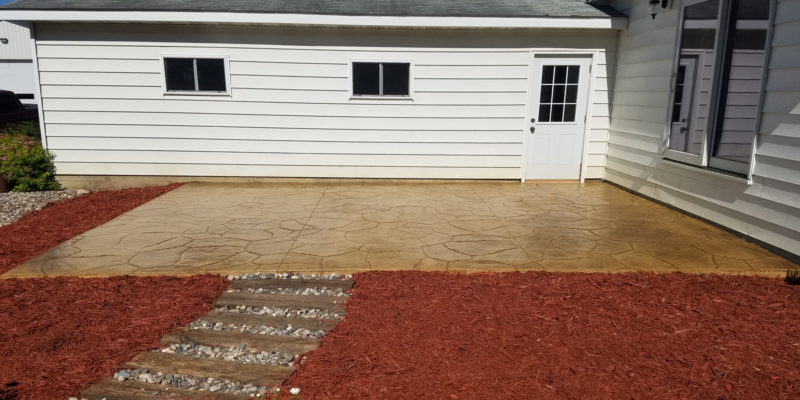
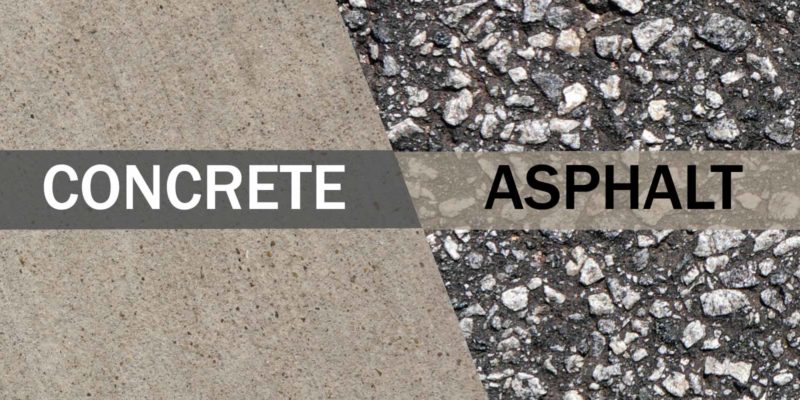

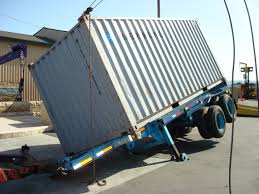 Also on any hot sunny day over 80 degrees, you can leave a permanent embedded impression on your asphalt from your vehicle or other heavy object. You must avoid driving on the edges of the asphalt since they will crack and crumble over time.
Also on any hot sunny day over 80 degrees, you can leave a permanent embedded impression on your asphalt from your vehicle or other heavy object. You must avoid driving on the edges of the asphalt since they will crack and crumble over time.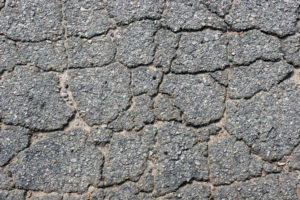
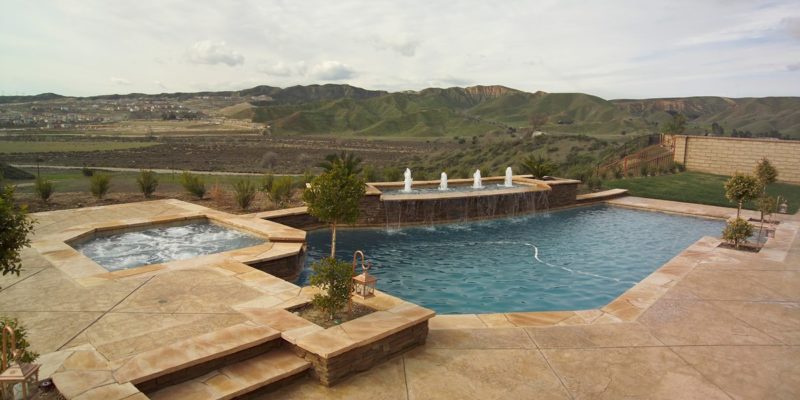
 Just what is, Integrally Colored Concrete? It is concrete that has been added with a integral coloring admixture that when added to the concrete gives it a uniform color throughout the entire concrete. These integral coloring admixtures are typically a blend of synthetic or natural iron-oxide pigments and surfactants (or wetting agents) that are mixed thoroughly into fresh concrete before placement to achieve uniform homogeneous color.
Just what is, Integrally Colored Concrete? It is concrete that has been added with a integral coloring admixture that when added to the concrete gives it a uniform color throughout the entire concrete. These integral coloring admixtures are typically a blend of synthetic or natural iron-oxide pigments and surfactants (or wetting agents) that are mixed thoroughly into fresh concrete before placement to achieve uniform homogeneous color.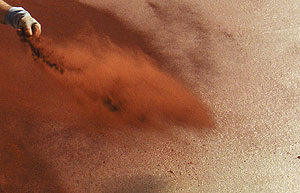 Most shake on color hardener manufacturers make blend pigments, portland cement, finely graded silica sand, and wetting agents. They come in powdered form, packaged in bags or pails, and are tossed or hand broadcast onto the fresh concrete. Thus the only color in the slab, is only on the surface.
Most shake on color hardener manufacturers make blend pigments, portland cement, finely graded silica sand, and wetting agents. They come in powdered form, packaged in bags or pails, and are tossed or hand broadcast onto the fresh concrete. Thus the only color in the slab, is only on the surface.